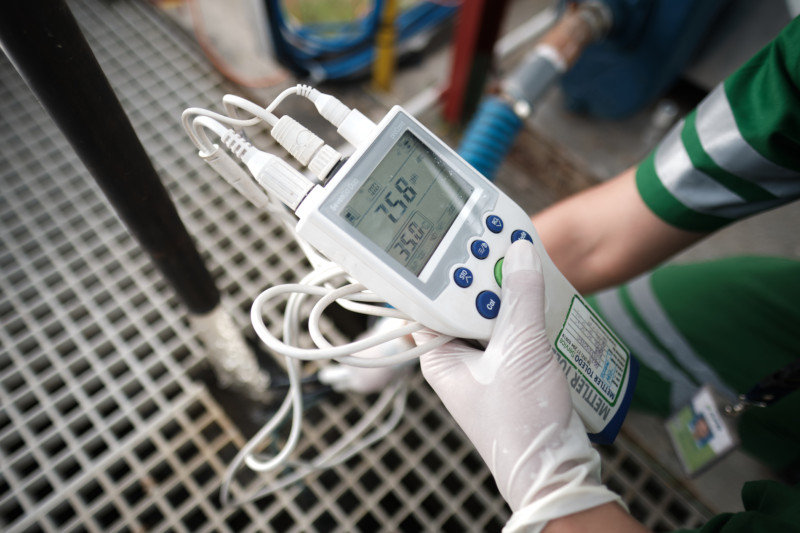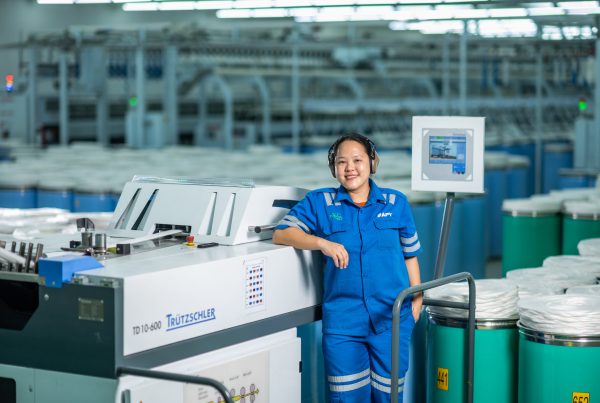Collaboration is at the heart of Asia Pacific Rayon’s (APR) vision to realize collective participation to make the world a better place.
APR joined the collaborative efforts with ZDHC in 2019, only a few months after commencing its operations at its vertically integrated viscose staple fibre (VSF) mill based in Indonesia. ZDHC collaborates with brands, value chain affiliates and associates committed to eliminating hazardous substances from the production of footwear, textile and apparel.
“We are committed to best practices in chemical management. That is why we joined the ZDHC and adopted the MMCF guidelines and CMS framework for implementation. Our aim is to eliminate the intentional use and discharge of hazardous and restricted substances across our value chain,” said Susan Slabbert, APR Sustainability Specialist.

As a committed and responsible VSF manufacturer, APR participated in the wastewater trial that shaped the Man-Made Cellulosic Fibres (MMCF) wastewater guideline commissioned by ZDHC.
The guideline was released in early 2020, along with ZHDC’s MMCF Responsible Fibre Production and Interim Air Emissions Guidelines.
At APR, waste water management is a key material aspect of sustainable VSF production, and we have set strict targets based on this guideline.
Furthermore, APR immediately made a public commitment to comply with these in APR’s Clean Manufacturing Policy and, most importantly adopted all MMCF Guidelines in practice.
APR saw this opportunity as part of the continuous work to improve every aspect of the recovery process toward closed-loop production and ensure that the company performs in the top quartile of existing industry standards.
Clean manufacturing has been a priority since APR began its operations in 2019.
Despite some challenges in the collaborative process with ZDHC, namely the remote location of APR’s laboratories in Pangkalan Kerinci, Sumatra, worsened by the globally difficult situation, APR has proven its commitment by completing two rounds of the required waste water testing for submission to the ZDHC Gateway.
Currently, all parameters met Foundational Level and more than 75% achieved Aspirational Level APR aspires to be fully compliant at Aspirational Level for all parameters by 2025.
APR has also successfully implemented all other monitoring plans in the ZDHC Air Emission and Responsible Fibre Production Guideline.
At APR, the emission of Sulphur compounds to air is continuously monitored, and targets set based on EU BAT Polymer BREF and the Interim Air Emissions Guidelines.
“It is through collaborative engagement with internal and external stakeholders and through continuous improvement that our company can improve the efficiency of our operation and process engineering,” remarked Slabbert.
###






